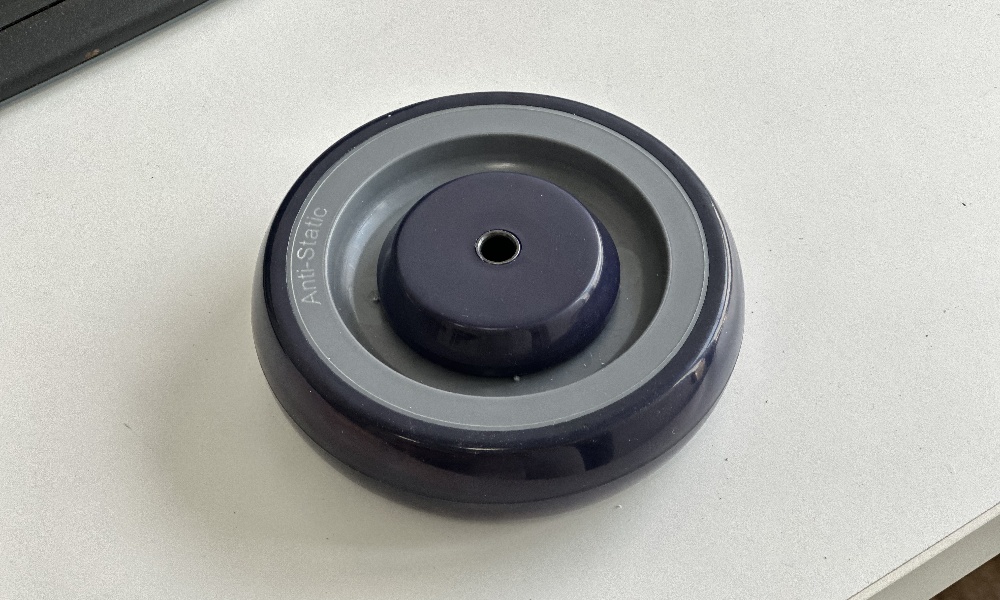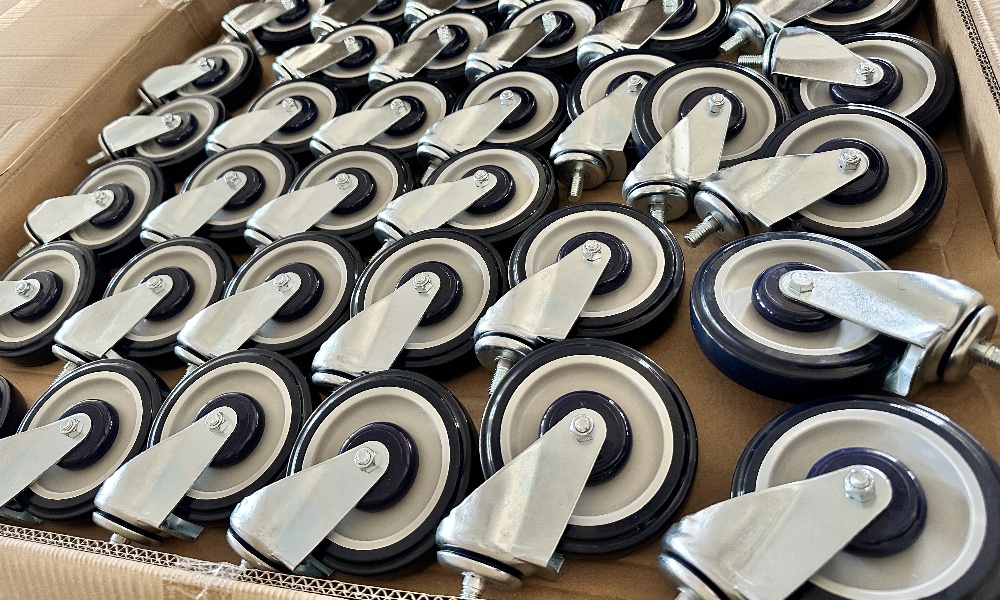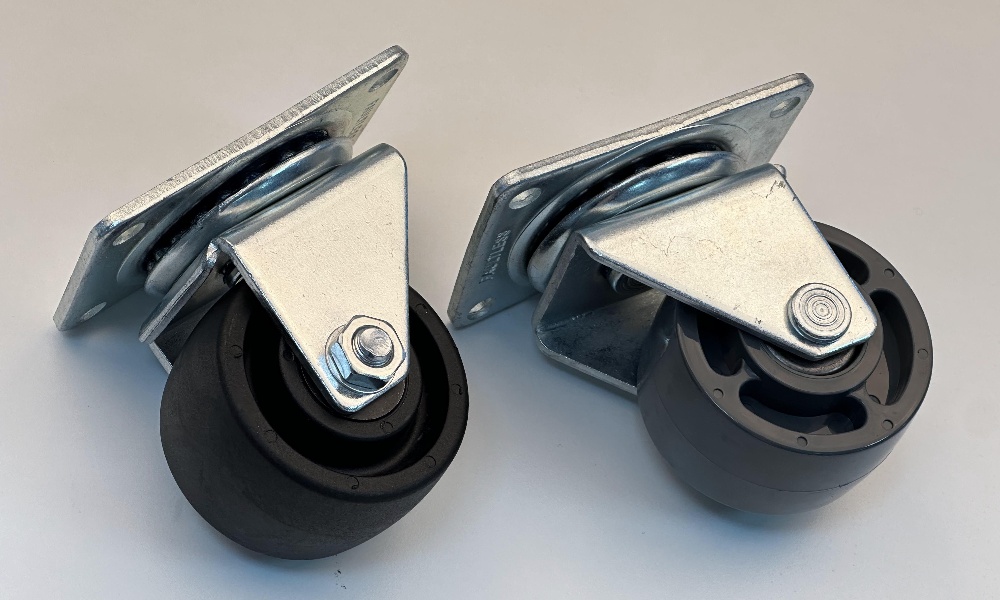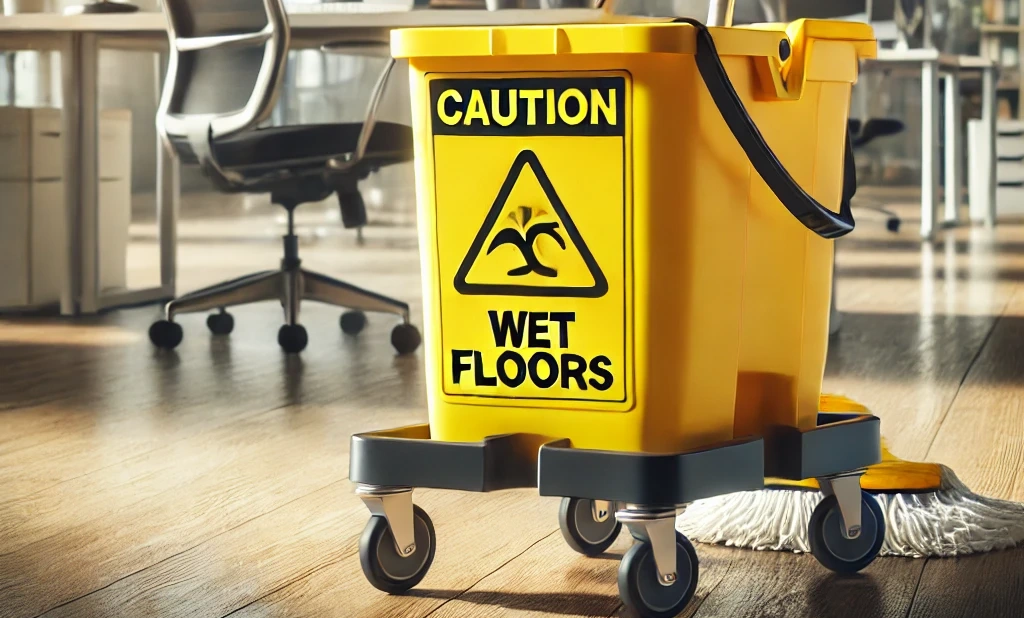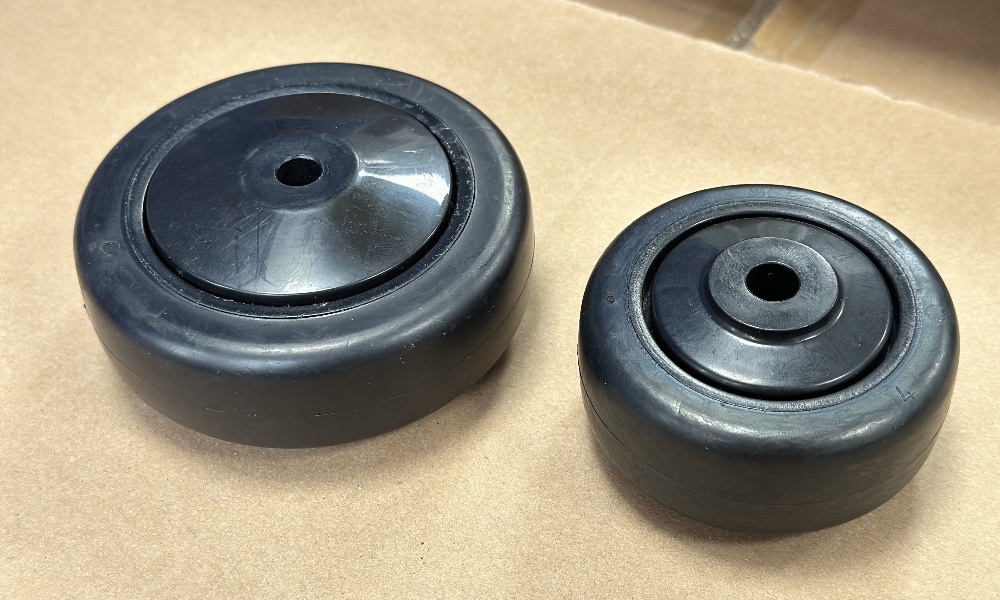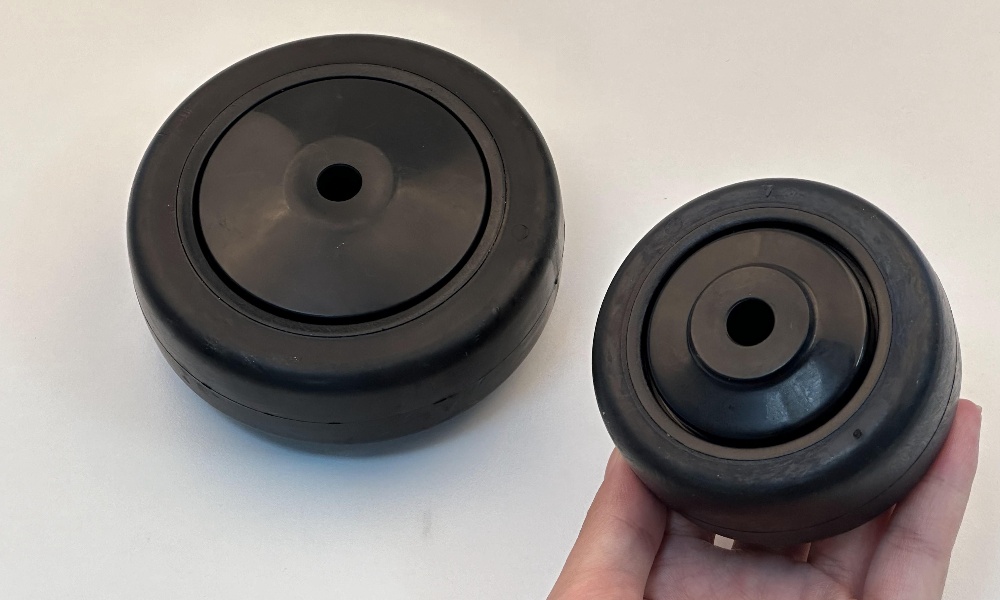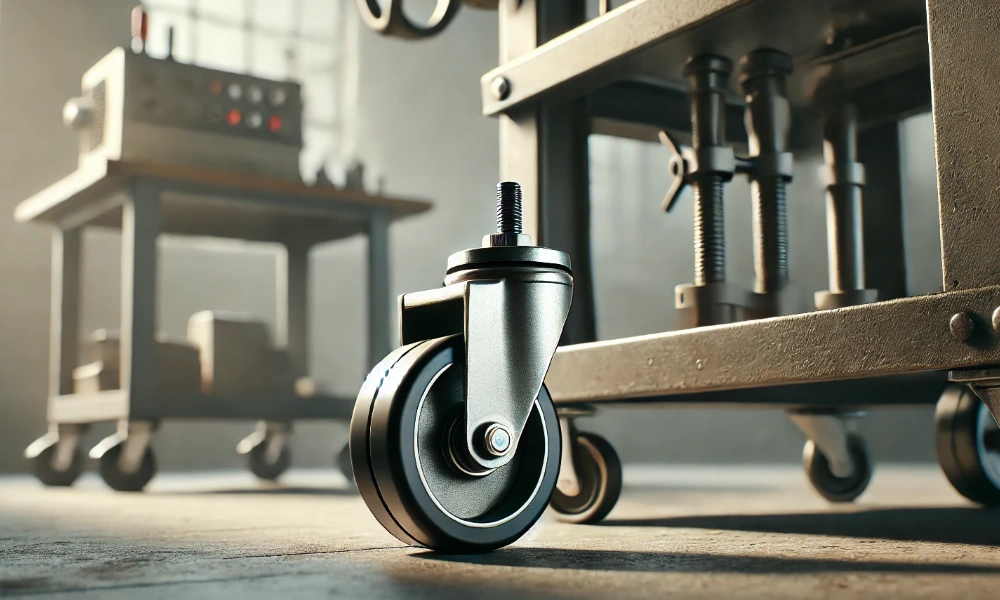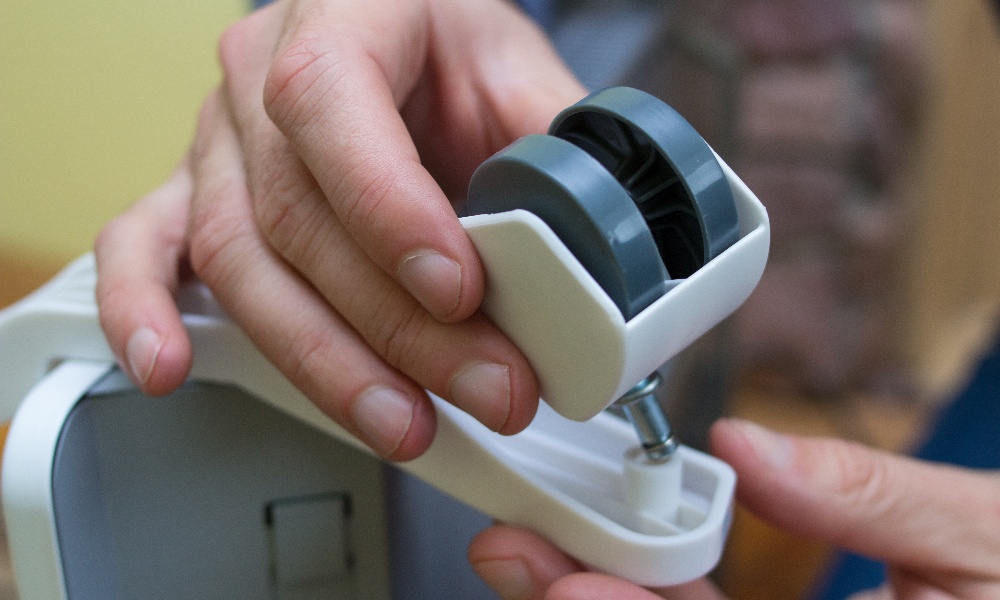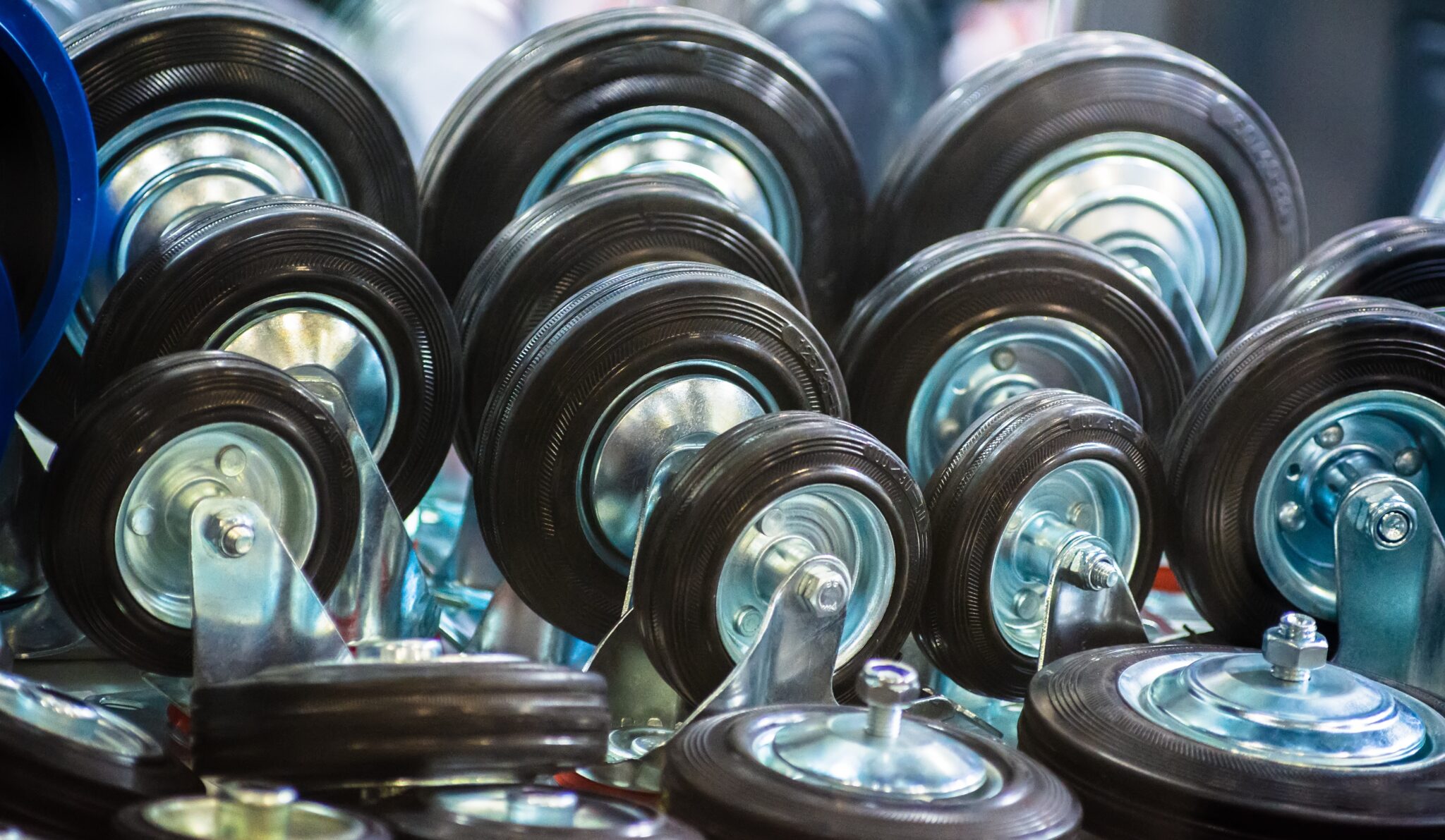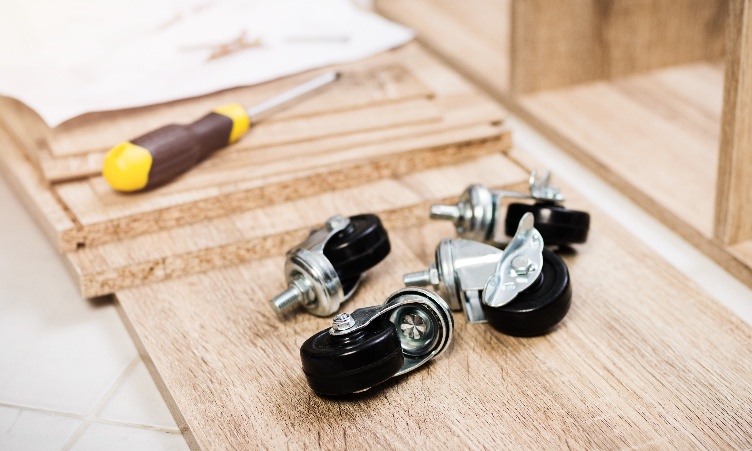Rubber Caster Pros and Cons
Rubber casters are widely used in various applications, from office furniture to industrial equipment. Their versatility and performance make them a popular choice, but like any component, they come with their own set of advantages and disadvantages. Understanding these can help in making an informed decision when selecting casters for specific needs.
Pros of Rubber Casters
-
Quiet Operation
One of the most significant advantages of rubber casters is their quiet operation. Rubber, being a soft material, absorbs impact and reduces noise, making these casters ideal for environments where noise reduction is important. This feature is particularly beneficial in office settings, hospitals, and schools where a quiet atmosphere is necessary.
-
Smooth Rolling
Rubber casters provide a smooth rolling experience on various surfaces, including hard floors and carpets. This is due to the rubber’s ability to compress and conform to the surface, which reduces resistance and makes maneuvering easier. This feature is essential for equipment that needs to be moved frequently or for items that require precise positioning.
-
Floor Protection
Unlike harder materials like metal or plastic, rubber casters are less likely to damage or scratch floors. They distribute the weight of the load more evenly, which helps to prevent indentations and marks on flooring surfaces. This makes them particularly suitable for use on delicate or expensive flooring materials such as hardwood, laminate, or tile.
-
Shock Absorption
Rubber casters are excellent at absorbing shock and vibrations. This quality is crucial for protecting sensitive equipment and reducing wear and tear on both the caster and the surfaces it rolls over. This shock absorption feature makes rubber casters a preferred choice for medical equipment, laboratory furniture, and any application where equipment stability is critical.
-
Chemical Resistance
Many rubber casters are designed to resist various chemicals, including acids and oils. This makes them suitable for use in industrial environments where exposure to such substances is common. Rubber’s resistance to these chemicals ensures the longevity of the casters and reduces the need for frequent replacements.
-
Non-Marking
Rubber casters generally leave no marks on floors, which is advantageous in maintaining the aesthetic appeal of flooring. This non-marking property is particularly useful in retail environments, exhibition spaces, and other areas where visual presentation is important.
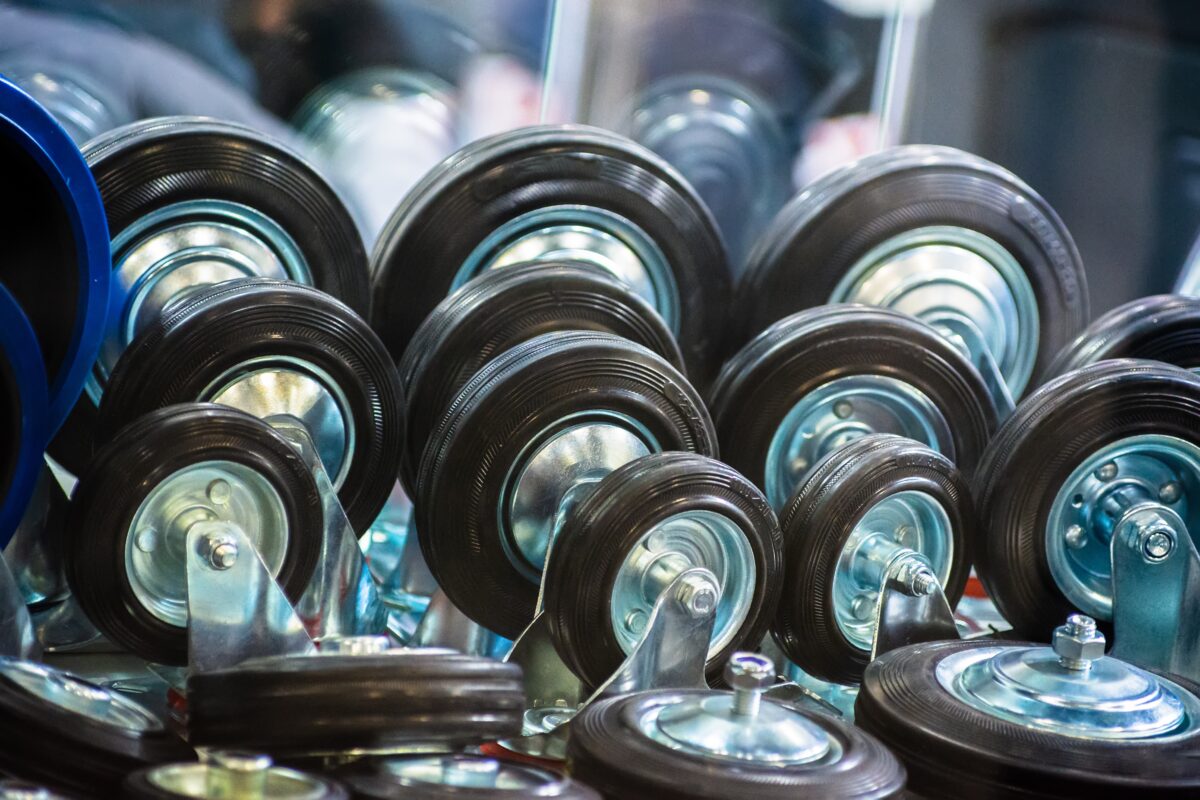
Cons of Rubber Casters
-
Wear and Tear
While rubber casters offer excellent performance, they are not immune to wear and tear. Over time, the rubber can become worn down, leading to reduced functionality and the need for replacement. This wear is often accelerated by exposure to harsh conditions or heavy loads, requiring regular maintenance or replacements.
-
Temperature Sensitivity
Rubber casters can be affected by extreme temperatures. In very hot environments, rubber can become soft and lose its structural integrity, while in very cold conditions, it can become brittle and prone to cracking. This temperature sensitivity can limit their use in certain environments where temperature fluctuations are significant.
-
Load Capacity Limitations
Compared to casters made from materials like metal or heavy-duty plastics, rubber casters generally have lower load capacities. They might not be suitable for extremely heavy loads or applications where high strength is required. This limitation can restrict their use in industrial settings or for heavy-duty equipment.
-
Chemical Reactions
Although rubber is resistant to many chemicals, it is not impervious to all. Some harsh chemicals or solvents can degrade rubber over time, leading to reduced performance and potential failure of the casters. It’s important to choose rubber casters specifically designed for chemical resistance if they will be exposed to such substances.
-
Cost
High-quality rubber casters can be more expensive compared to those made from other materials. The cost can be a significant factor, especially for large-scale applications or budget-conscious projects. While the investment in rubber casters can be justified by their performance benefits, it’s important to weigh this against budget constraints.
-
Limited High-Speed Performance
Rubber casters are generally not suited for high-speed applications. The friction and drag associated with rubber can limit their efficiency in environments where high-speed movement is necessary. For applications requiring rapid movement, other caster materials might be more appropriate.
Conclusion
Rubber casters offer a range of benefits, including quiet operation, smooth rolling, floor protection, shock absorption, chemical resistance, and non-marking properties. However, they also have drawbacks such as wear and tear, temperature sensitivity, load capacity limitations, potential chemical reactions, cost, and limited high-speed performance. By carefully considering these factors, one can make a well-informed decision on whether rubber casters are the right choice for a specific application. Balancing the pros and cons will help in selecting casters that meet the needs of both the environment and the equipment they are supporting.

